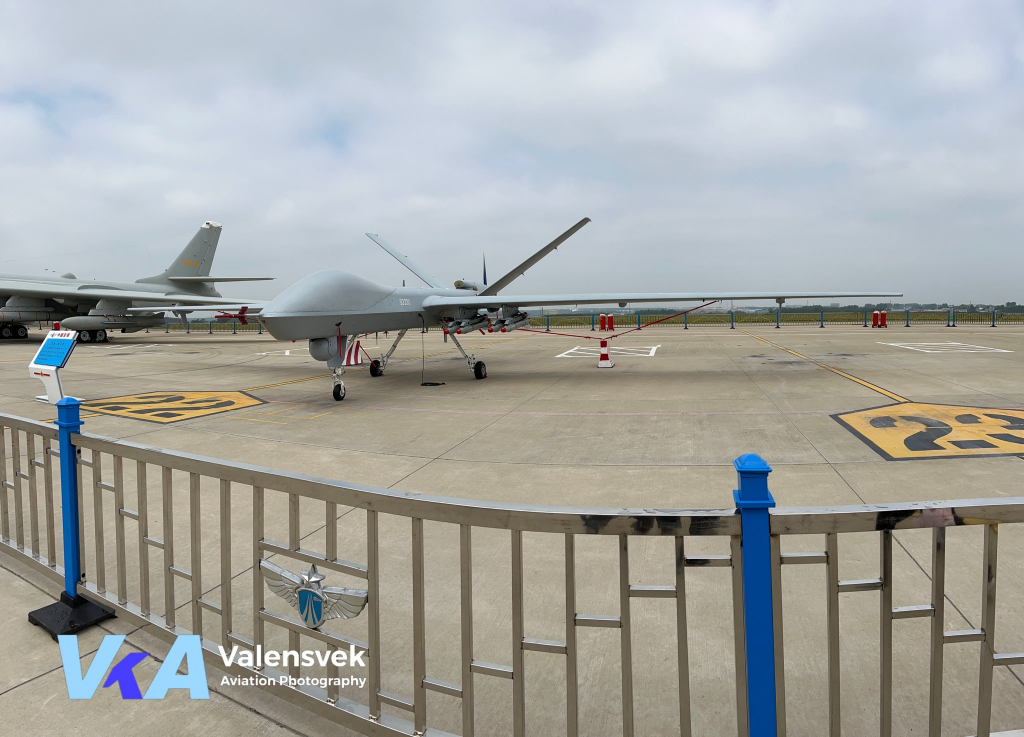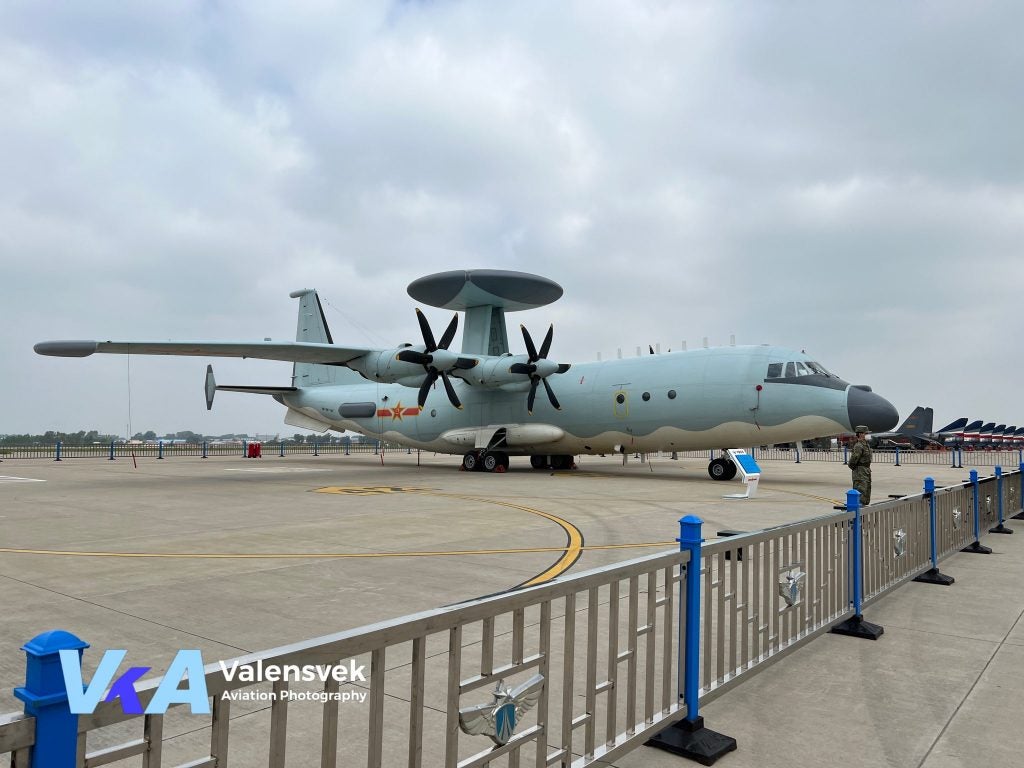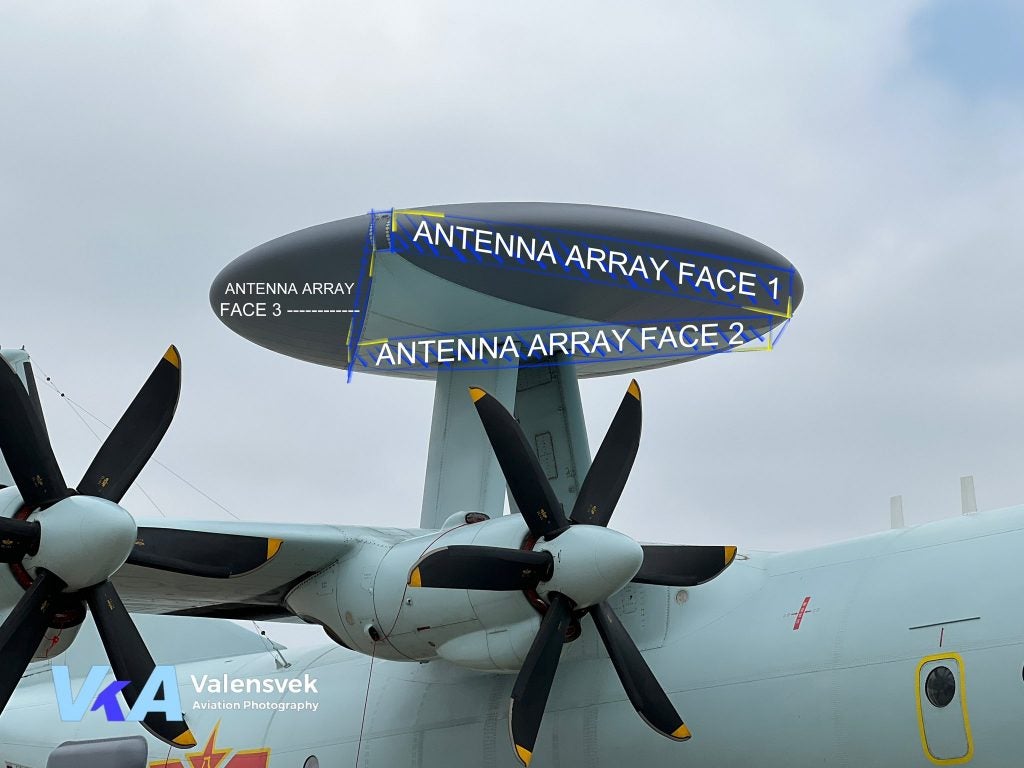Photos & Round Up: China’s Changchun Airshow 2022
After five days of impressive aerobatic performances and static displays, the Changchun Airshow in the northeast of China concluded on the 30 August. The show saw dynamic performances of China’s fifth generation fighter, the J-20, and visitors had the opportunity to see the new YU-20 aerial tanker up close in all its glory.
Erik Valensvek, a Chinese aviation enthusiast, visited the airshow and has graciously allowed the author to use his photos from the show.

Chief attraction of the show, is as usual, the J-20 “Mighty Dragon”. Viewers have commented that this performance featured tighter turns and more demanding displays than previous ones. According to Shen Jinke, a spokesperson for the People’s Liberation Army Air Force, the performing jet was from the “Wang Hai” brigade, a unit which saw action against South Korean and allied forces in the Korean War, and was the first PLAAF unit to receive J-20s. Now based in the Eastern Theatre Command, the unit recently participated in the joint exercises around Taiwan in response to high-level visits from the United States.


The Bayi aerobatics team of the PLAAF, based in nearby Tianjing, and the Red Eagle team of the Aviation Academy of the Air Force performed in the show, again drawing massive crowds of visitors excited to watch the groups perform.
One Mr. Zhang from Beijing said: “We made reservations online and grabbed a good spot three hours in advance. Through the open day activities again and again, we really felt that the military of the motherland is getting stronger and stronger.”

The static displays saw a H-6K “God of War” bomber parked for viewing, while the original H-6 was a licensed copy Soviet Tu-16 design, modern variants like the ‘God of War’ has received overhauls on almost all subsystems, up to the standards of 21st century combat aviation. The jet on display was seen with KD-63 and KD-20 air-to-surface missiles, providing the PLAAF with a long range strike capability in the region.

Next to the bomber, a Wing Loong II drone configured for service with the PLA, designated the GJ-2 in service, the MALE drone fills a niche similar to that of the MQ-9 Reaper, loitering around areas of interest and feeding sensor data to Chinese commanders, enhancing situation awareness. The GJ-2 also had hardpoints for attaching various bombs and ground strike missiles, particularly useful in counterinsurgency and low-intensity conflicts, such as in the Yemeni Civil War where they are employed against Houthi forces.



A JH-7A “Flying Leopard” fighter-bomber was seen carrying KD-88 anti-surface missiles and datalink pods to guide the missiles to their targets, providing a more flexible strike platform with less intense maintenance demands than the H-models. A KJ-500 airborne early warning and control (AEW&C) aircraft also seen on display, Erik has annotated the antenna arrays underneath the dish’s covering. The two models were recently deployed to Thailand for an exercise with the Royal Thai Air force.


Both the cargo and tanker models of the Y-20 “Kunpeng” was spotted in the show, being the first major strategic transport of the Chinese Air Force, and a member of the 20-series models designed to greatly enhance Chinese air power. The Y-20 has served the PLAAF in transporting exported Chinese military equipment across Eurasia, and delivered critical supplies to disaster zones both within and beyond their borders, particularly during COVID-19 outbreak, where Y-20s flew sorties to Shanghai transporting critical medical equipment and supplies, minimizing the outbreak and its effects.
The YU-20 is the aerial tanker variant of the transport aircraft, and is the first such aircraft to enter production in the country. Proudly unveiled to the public in this airshow, this is the first opportunity for the Chinese everyman to see the new pride of their air force with their own eyes, disregarding the spying eyes of certain aviation enthusiasts within the country. The new tanker will allow Chinese air assets to reach further into the Pacific and bring more capabilities, such as AWACS aircraft and heavier ordnance, with them. Multiplying the power and reach of the already impressive PLAAF.
The airshow, standing in the wake of a turbulent month of incidents and military responses to Taiwanese diplomatic activities, provides an opportunity for the Chinese military to flex its muscles in a more visceral fashion than through reports of military exercises in the television. The performance from a J-20 from the “Wang Hai” brigade and more intense maneuvers are anything but an accident. It serves to reinforce the view of the Chinese military as one which has a history of, and is still highly capable of, fighting against western and western-aligned powers.
In any case, the airshow will serve its purpose, common to all military airshows, of familiarizing the citizenry with the military and garner domestic support. Such that in crisis situations along the periphery of the Chinese state, whether that is the policy on Uyghur Muslims in Xinjiang, along the Sino-Indian border, or at the Taiwan Strait, military options will be more palatable to the population than they would otherwise be. Allowing Chinese decision-makers greater flexibility and a higher ceiling of acceptable risk in their calculations.
The opinions expressed in this editorial are those of the author and do not necessarily reflect the opinions or views of Overt Defense
